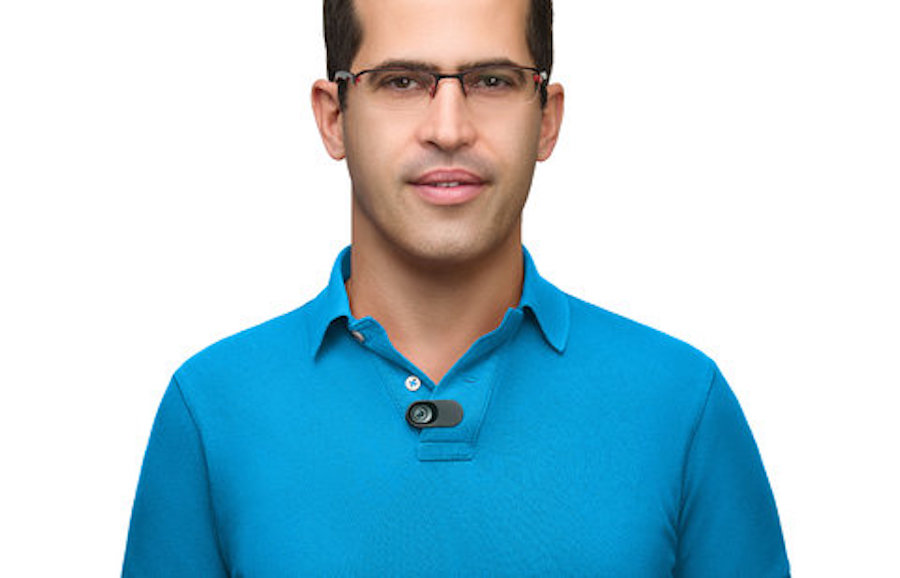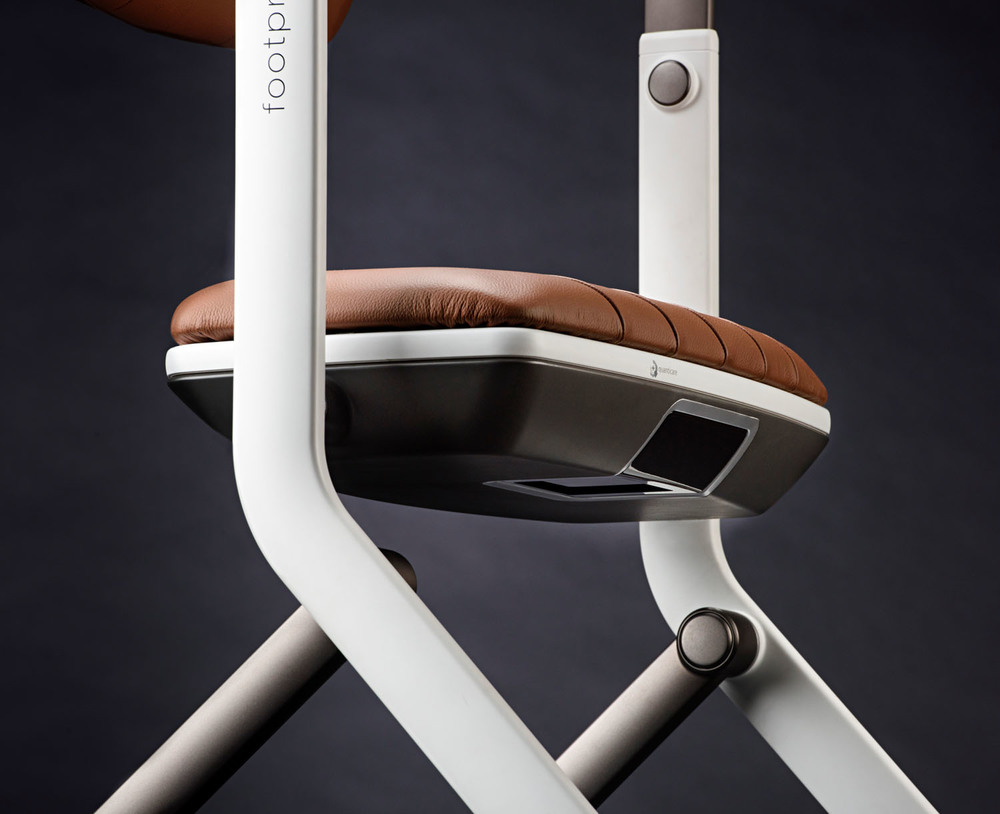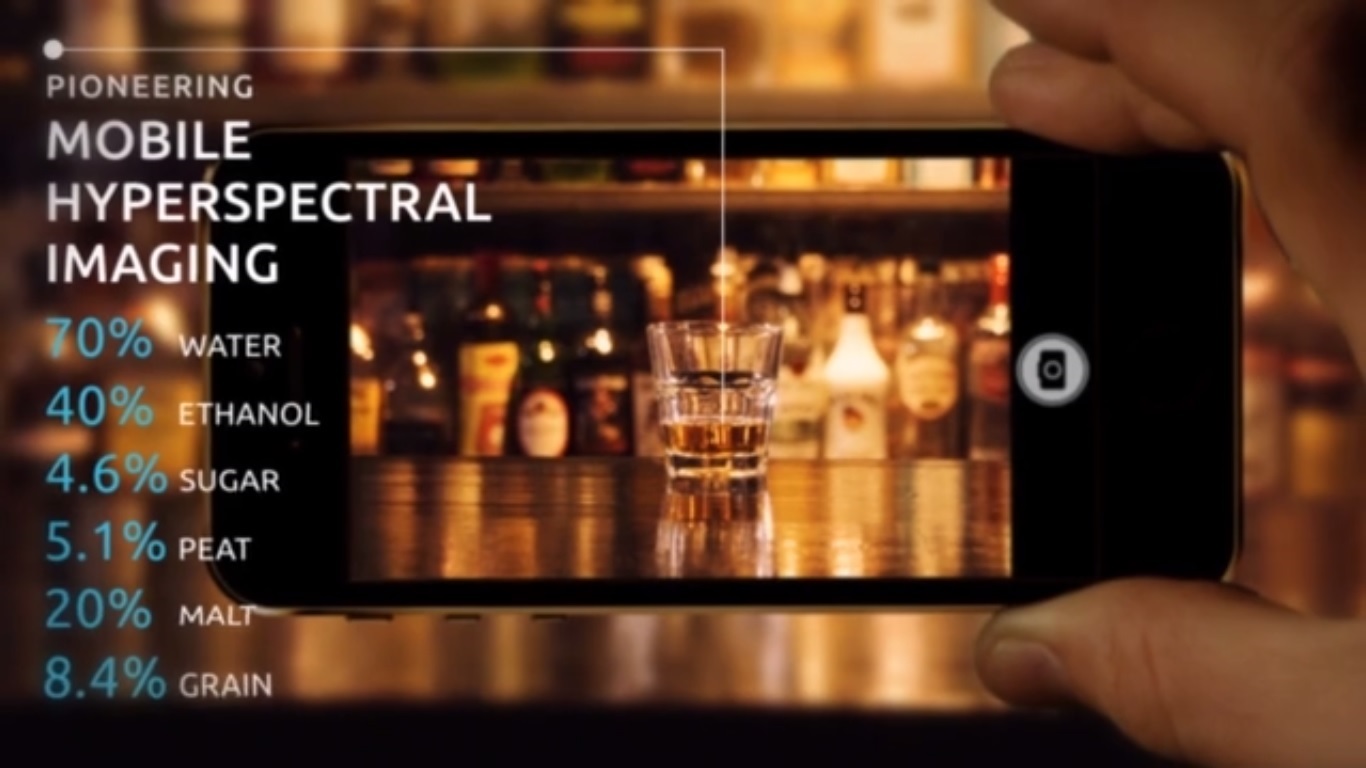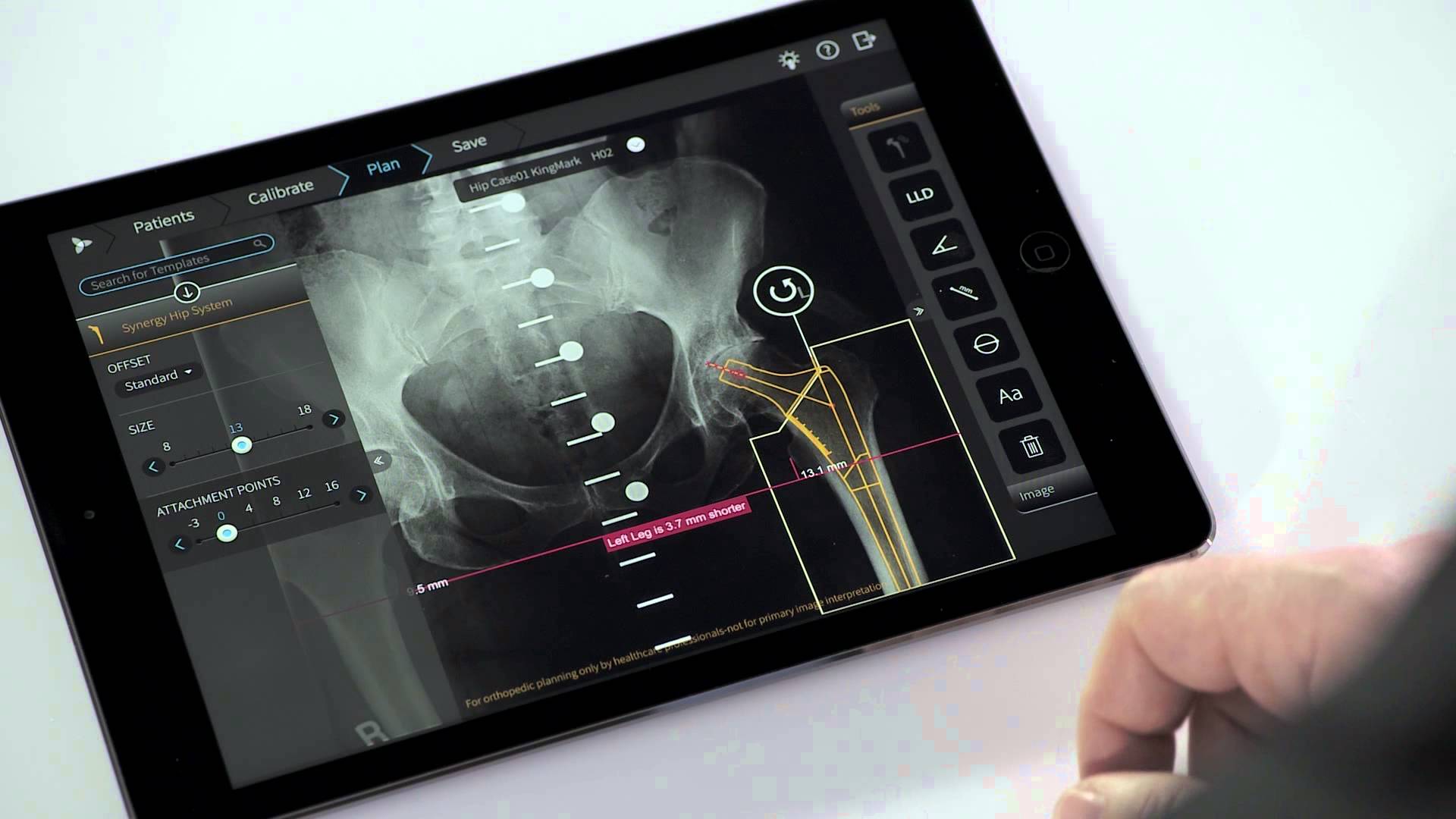Category: Computer Vision
-

Computer vision enhanced sensors improve rehabilitation
POSTECH professor Sung-Min Park and researcher Sunguk Hong have developed optical sensor technology, integrated with computer vision, to track muscle movements in rehab patients with limited mobility. The sensors are flexible, lightweight, and able to gauge subtle body changes, while overcoming the conventional challenges of soft strain sensors – inadequate durability due to temperature and…
-

Diabetic retinopathy-detecting algorithm for remote diagnosis
Google has developed an algorithm which it claims is capable of detecting diabetic retinopathy in photographs. The goal is to improve the quality and availability of screening for, and early detection of, the common and debilitating condition. Typically, highly trained specialists are required to examine photos, to detect the lesions that indicate bleeding and fluid…
-

“Augmented attention” wearable assists the visually impaired
OrCam is a disruptive artificial vision company that creates assistive devices for the visually impaired. It is led by Hebrew University professor Amnon Shashua. MyMe, its latest product, uses artificial intelligence to respond to audio and visual information in real-time. A clip on camera and Bluetooth earpiece create what the company calls an “augmented attention” experience,…
-

Smart walker monitors gait, assesses falling probability
Footprints by Quanticare is a walker that continuously collects passive and contextual gait data, with the goal of predicting and preventing senior falls. Its computer vision algorithm captures spatio-temporal gait metrics of the user and sends the data to a health care provider. The company claims that the walker could measure an osteoarthritic limp to improve PT protocols, and…
-

Deep neural networks for face recognition in darkness
Karlsruhe Institute of Technology researchers have used the heat from one’s face to enable facial recognition in darkness. Thermal imaging creates an infrared picture, which can then be matched to a photograph taken in the light. In a recent study, a “deep neural network” accurately identified faces in the dark 80 percent of the time when shown a…
-

Mobile hyperspectral “tri-corder”
Tel Aviv University‘s David Menlovic and Ariel Raz are turning smartphones into hyperspectral sensors, capable of identifying chemical components of objects from a distance. The technology, being commercialized by Unispectral and Ramot, improves camera resolution and noise filtering, and is compatible with smartphone lenses. The new lens and software allow in much more light than current smartphone camera…
-

App helps orthopedic surgeons plan procedures
Tel Aviv based Voyant Health‘s TraumaCad Mobile app helps orthopedic surgeons plan operations and create result simulations. The system offers modules for hip, knee, deformity, pediatric, upper limb, spine, foot and ankle, and trauma surgery. The iPad app mobile version of this decade old system was recently approved by the FDA. Surgeons can securely import medical images from the…
-

Robotic-assisted platform to improve surgical accuracy
Google and Johnson & Johnson have announced Ethicon, a robotic assisted surgical platform partnership. Google’s machine vision and image analysis software will help surgeons see more clearly as they operate. During an operation, surgeons rely on several screens for information such as medical images, test results or guidance on atypical condition procedures. Google’s software could show…
-

Sensor probe to prevent hospital pressure ulcers
GE and the US Dept of Veterans Affairs have developed a multi sensor probe to detect the earliest signs of pressure ulcer formation. The device combines computer vision with motion detection, thermal profiling, image classification, 3-D object reconstruction and vapor detection to identify patients at risk and improve treatment. Hospitals generally advise caregivers to turn…
-

Gesture controlled smartphone for the disabled
Sesame is a touch-free smartphone that is controlled by very small head movements. It is being crowdfunded on IndieGogo. Head movements are tracked with a front-facing camera, and combined with computer vision algorithms to create a cursor that appears on the phone’s screen. The cursor is controlled by the position and movements of the…
-
Tiny wearable computer uses audio feedback to assist the vision impaired
http://www.orcam.com OrCam, led by Hebrew University Professor Amnon Shashua, one the most exciting computer vision entrepreneurs in Israel, has developed a device that uses audio feedback to relay visual information to visually impaired people. The tiny wearable computer works with a 5-mega pixel camera attached to glasses. A computer vision algorithm enables it…
-
Computer vision algorithms used to diagnose depression
http://medvr.ict.usc.edu/projects/dcaps/ SimSensei software, developed by Stefan Scherer and colleagues at the University of Southern California, combines computer vision algorithms and the psychological model of depression. An on-screen psychologist asks you a series of questions and watches how you physically respond. Using Kinect, the computer vision algorithms build up a very detailed model of your face…